Scientific name Annona glabra Rank Species | Genus Annona Higher classification Annona | |
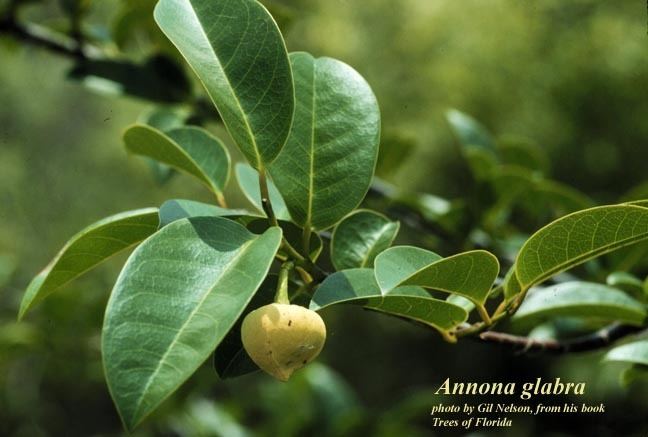 | ||
Similar Annona, Annonaceae, Annona montana, Annona purpurea, Rollinia deliciosa | ||
Annona glabra pond apple
Annona glabra is a tropical fruit tree in the family Annonaceae, in the same genus as the Soursop and Cherimoya. Common names include pond apple, alligator apple (so called because American alligators often eat the fruit), swamp apple, corkwood, bobwood, and monkey apple. The tree is native to Florida in the United States, the Caribbean, Central and South America, and West Africa. It is common in the Everglades. It grows in swamps, is tolerant of saltwater, and cannot grow in dry soil.
Contents
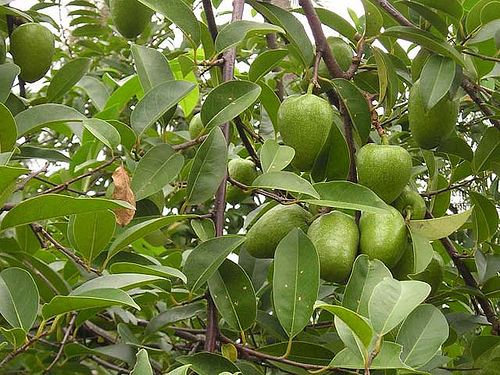
Annona glabra the pond apple
Description

The trees grow to up to 12 m. They have narrow, gray trunks and sometimes grow in clumps. The leaves are ovate to oblong, each with an acute tip, 8–15 cm long and 4–6 cm broad with a prominent midrib. The upper surface is light to dark green. The fruit is oblong through spherical and apple-sized or larger, 7–15 cm long and up to 9 cm diameter, and falls when it is green or ripening yellowish. It disperses by floating to new locations, and it is food for many animal species such as wild boar. Reproduction begins around two years of age. A fruit contains 100 or more convex, light yellow-brown seeds, about 1 cm long.
Uses
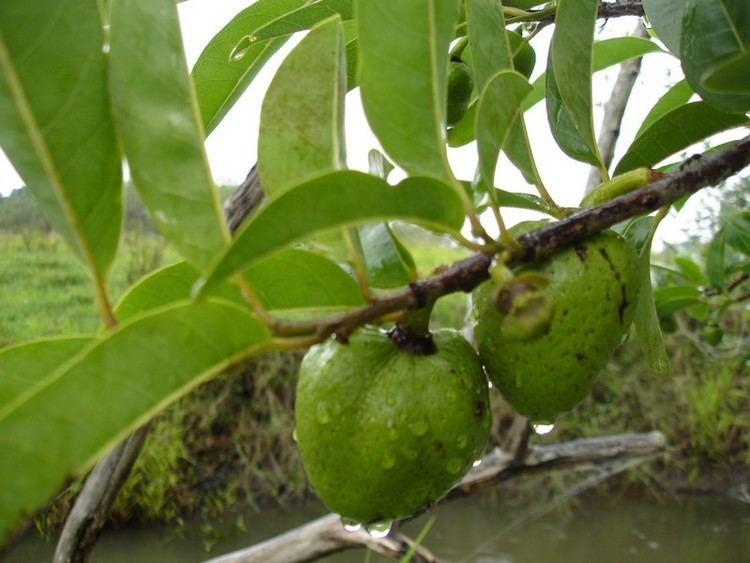
Unlike the other Annona species, the pulp of the fruit when ripe is yellow through orange instead of whitish. The fruit is edible for humans and its taste is reminiscent of ripe Honeydew melon. It can be made into jam, and it is a popular ingredient of fresh fruit drinks in Maldives.
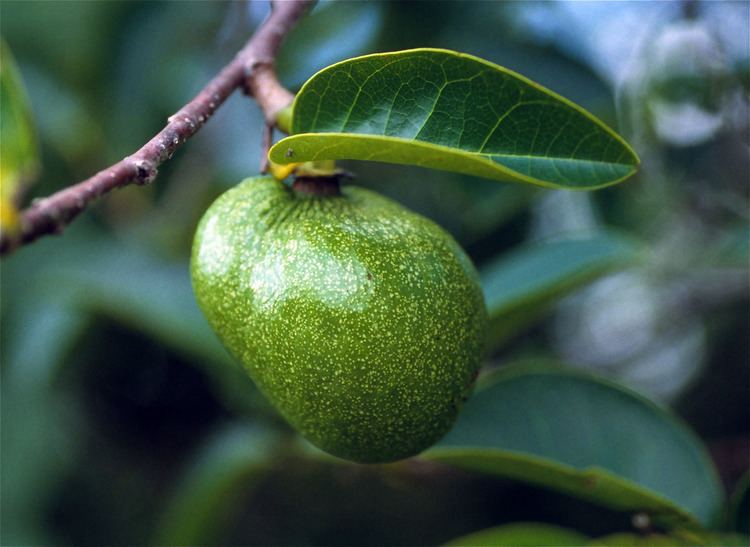
The flesh is sweet-scented and agreeable in flavor, but it has never attained general popular use unlike Soursop and other related fruits. Experiments in South Florida have been made in an attempt to use it as a superior rootstock for Sugar-apple or Soursop. While the grafts initially appear to be effective a high percentage of them typically fail over time. Soursop on Pond-apple rootstock has a dwarfing effect.
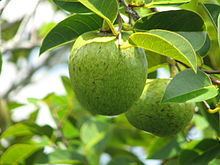
A 2008 study in the journal, Anticancer Research, suggests that its alcoholic seed extract contains anticancer compounds that could be used pharmaceutically.
Invasive species
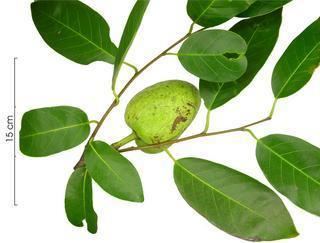
It is a very troublesome invasive species in northern Queensland in Australia and Sri Lanka, where it grows in estuaries and chokes mangrove swamps. Its seedlings carpet the banks and prevent other species from germinating or thriving. It also affects farms as it grows along fencelines and farm drains. It also invades and transforms undisturbed areas. In Sri Lanka it was introduced as a grafting stock for custard apples and spread into wetlands around Colombo.

